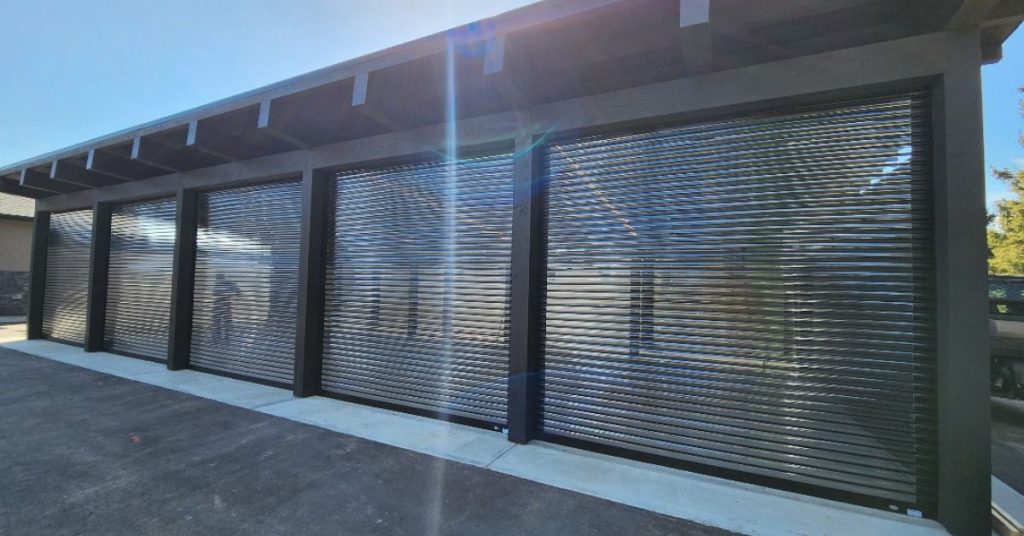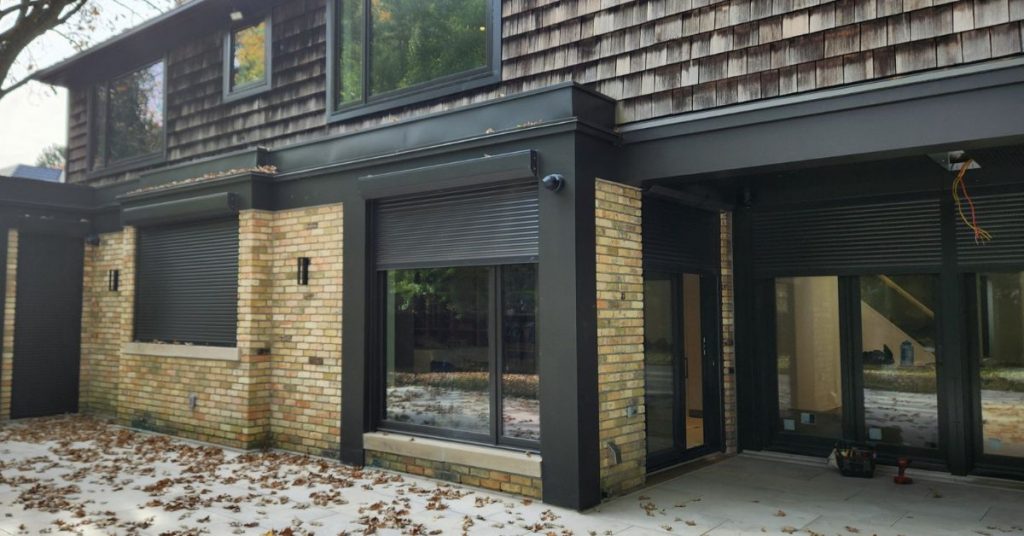Installing security shutters and an alarm system can strengthen your property’s protection. However, many homeowners and business owners face costly setbacks when they rush the integration process or overlook critical compatibility factors.
Learning to avoid security shutter and alarm system integration mistakes saves you time, money, and frustration while ensuring your property receives the comprehensive protection you expect. Whether you’re protecting your family home or securing a commercial facility, understanding these common pitfalls helps you make informed decisions that deliver lasting results.
Assess Your Security Needs First
Before selecting any equipment, take time to evaluate your property’s unique vulnerabilities and risks. This assessment forms the foundation for choosing systems that provide adequate protection without unnecessary features that inflate costs.
For residential properties, consider these factors:
-
- Neighborhood crime rates
-
- Entry points such as ground-floor windows and doors
-
- Your home’s visibility from the street
-
- Whether you have valuable items that require extra protection.
A family living in a quiet suburban area might need basic window shutters with simple alarm integration, while a home in a high-crime zone could benefit from comprehensive coverage with multiple sensors and reinforced shutters.
Commercial properties face different challenges. Here are some factors to consider based on property type:
-
- Retail stores need protection against break-ins and theft, requiring shutters on storefronts and alarm systems that monitor inventory areas.
-
- Warehouses might prioritize perimeter security and loading dock protection.
-
- Office buildings often focus on after-hours security for sensitive documents and equipment.
Document your specific requirements before shopping for systems. This preparation prevents salespeople from overselling unnecessary features and ensures you invest in protection that matches your actual needs.
Choose Compatible Systems
System compatibility determines whether your shutters and alarms work together smoothly or create ongoing maintenance headaches. Many integration problems stem from mixing components that weren’t designed to communicate effectively.
First, make sure to select motorized electric shutters. Manual or hand-crank shutters can’t respond to alarm triggers or be controlled remotely. When you integrate them with an alarm system, motorized electric shutters can automatically close when sensors detect intrusion attempts.
Check manufacturer specifications to confirm compatibility between different brands and models. Certain alarm systems may be designed to work with specific shutter brands, while others may offer broader compatibility.
Consider communication protocols as well. Modern systems often use wireless signals to coordinate between components, but older systems might require hardwired connections. Mixing wireless and wired components sometimes creates compatibility issues.

Prioritize Easy System Control
Complex control systems frustrate users and increase the likelihood of operational errors during emergencies. Your integrated security system should be intuitive enough that family members or employees can operate it confidently without extensive training.
Look for systems that offer multiple control options. Smartphone apps provide convenient remote access, while physical control panels offer backup options when mobile devices aren’t available.
If you have the ability to test a control system before making a purchase, use this experience to gauge user-friendliness. If you find the interface confusing or counterintuitive, consider alternative options. The best security system is one that people actually use correctly and consistently.
Emergency override features, such as Emergency Egress, are crucial for user-friendly operation. Your system should include manual controls that allow shutter operation during power outages or system malfunctions, ensuring safe evacuation routes remain accessible.
Plan Integration for Maximum Efficiency
To avoid integration mistakes, careful planning is key. Think strategically when you’re deciding where to place motion sensors on the shutters. This will optimize system performance while minimizing false alarms and operational issues. Poor planning can create blind spots in coverage or trigger unwanted actions in the security system.
For the best results, make sure to position motion sensors to monitor entry points without detecting routine activities that should not trigger alarms. For instance, avoid placing sensors near windows with moving curtains or areas where pets typically move around.
Consider traffic flow patterns when planning sensor placement. In commercial settings, sensors should distinguish between authorized personnel and potential intruders. This might require different sensitivity settings for different areas or time-based programming that adjusts detection parameters based on business hours.
Account for Power and Backup Systems
A reliable power supply keeps your integrated security system functional during electrical outages, storms, or intentional power disruptions by intruders. Many security breaches occur when criminals target power supplies to disable protection systems.
To address this issue, you can install uninterruptible power supply (UPS) systems that provide backup power for both shutters and alarms. Size these systems appropriately to maintain operation for several hours during extended outages. Battery backup systems require regular testing and replacement to ensure reliability when needed.
Manual override mechanisms for shutters are critical safety features that allow operation during total power failures. These mechanisms should be easily accessible from inside the protected area but secure from external tampering. Fire codes often require manual operation capabilities to ensure safe egress during emergencies.
Test Thoroughly Before Finalizing Installation
Once you’ve integrated your security shutters with the alarm system, it’s time to test the system. Conduct tests at different times of day and under various environmental conditions. Some sensors behave differently in extreme temperatures, high humidity, or bright sunlight. Weather conditions can affect wireless communication between system components.
Test emergency scenarios including power outages, attempted break-ins, and system malfunctions. Verify that shutters close properly when alarms activate and that backup systems engage automatically when primary power fails.
Schedule Regular Maintenance
Preventive maintenance keeps integrated systems operating reliably and extends equipment lifespan. Security systems that receive regular attention perform better and often experience fewer issues.
Create maintenance schedules that address both shutter mechanisms and alarm components. Shutters require lubrication, track cleaning, and motor inspection. Alarm systems need sensor calibration, battery replacement, and communication testing.
Professional maintenance services often provide comprehensive system checks that individual owners might miss. Annual service contracts can be cost-effective ways to ensure thorough system maintenance while providing priority service during emergencies.
Stay Updated on Technology Advancements
Security technology evolves rapidly, offering new features and improved compatibility updates that enhance system performance.
Consider subscribing to manufacturer newsletters and industry publications that highlight new developments in security technology. Many improvements focus specifically on integration capabilities between different system components.
Software updates for alarm systems and smart shutters often include enhanced features and security improvements. Install updates promptly to maintain optimal system performance and security protection.

Work With Reputable Professionals
Experienced security system professionals understand integration challenges and know how to avoid common mistakes. Their expertise prevents costly errors and ensures installations meet local building codes and insurance requirements.
Research installer credentials and certifications before hiring. Look for professionals who specialize in both security shutters and alarm systems rather than general contractors who might lack specific integration experience.
Secure Your Property the Right Way
Learning to avoid security shutter and alarm system integration mistakes protects your property and ensures reliable security protection for years to come. Taking time to plan properly, choose compatible systems, and work with experienced professionals pays dividends through reduced maintenance costs and improved system performance.
Ready to explore professional security solutions? Pentagon’s EntrexGuard retail security closures can enhance your current security measures. Find a Pentagon dealer near you to discover how security shutters can safeguard your property with confidence and peace of mind.